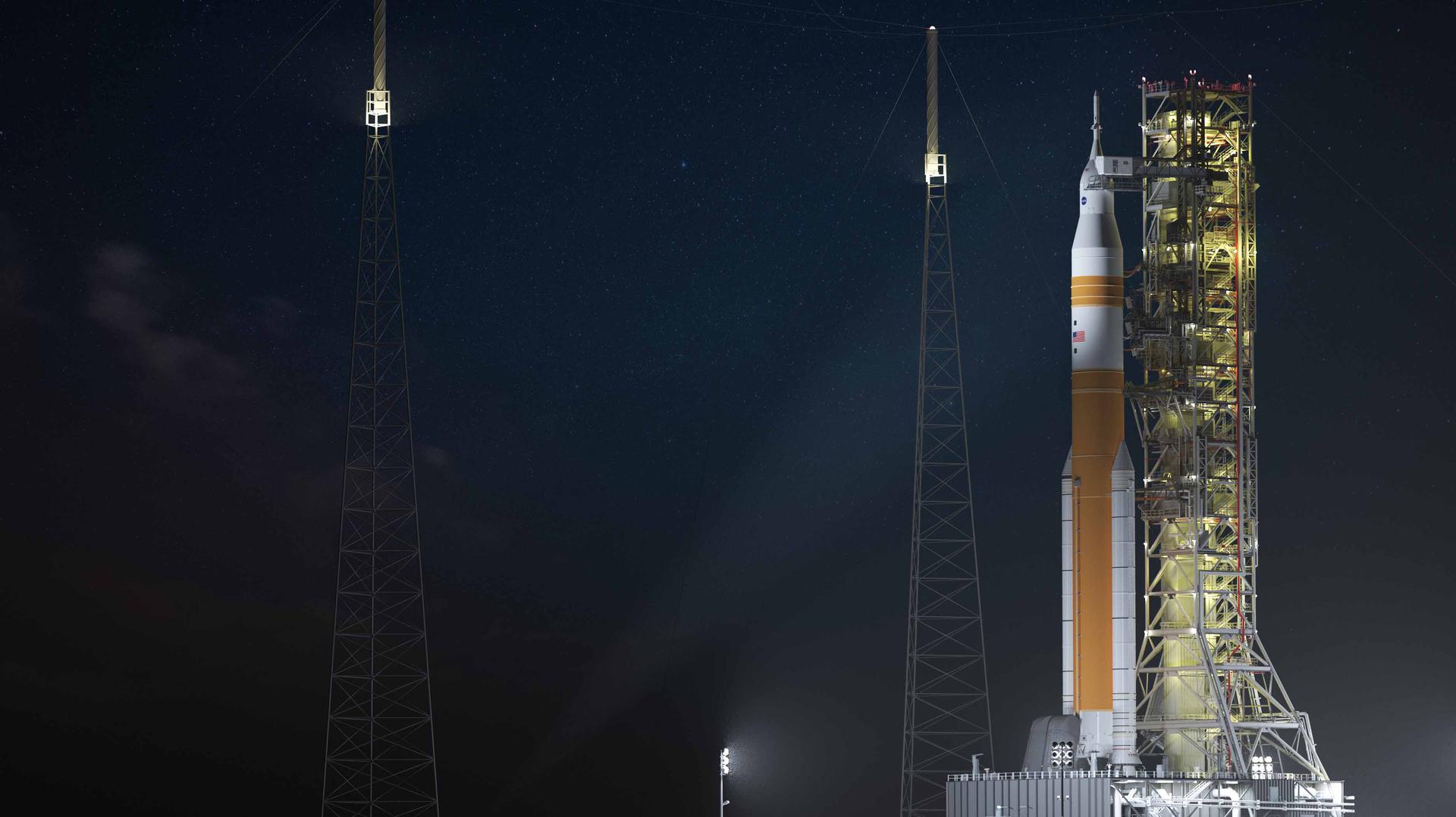GFSSP is a network flow solver. The thermo-fluid system to be analyzed is discretized into a network of nodes connected by branches. Conservation of mass and energy is solved in the nodes to calculate fluid pressures and temperatures. The momentum equation is solved in the branches for flow rates. Conjugate Heat Transfer may be added to the model through the use of solid nodes connected by conductors. A graphical user interface, MIG (Modeling Interface for GFSSP), allows users to build models by pointing and clicking. Customized branch options or new model logic may be added to the code through Fortran user subroutines.
Properties for common fluids in propulsion applications are provided by the GASP/WASP and GASPAK property packages. Users can also supply fluid property interpolation tables. A library of common fluid components such as pipes, orifices, and valves is provided. Built-in advanced options include pressure and flow regulators, valve opening/closing, and propellant tank pressurization/draining. Thirty-two example problems demonstrate the use of the various capabilities of the code.
How to Get a Copy of GFSSP
NASA Civil Servants and On-Site Contractors
GFSSP is free for NASA civil servants and on-site contractors (on the NASA network), who can request a copy of GFSSP from Andre LeClair (andre.c.leclair@nasa.gov).
Other U.S. Government Agencies and Contractors
Employees of other U.S. government agencies and companies/institutions with contracts with the U.S. federal government may request GFSSP from the Tech Transfer Office. It is recommended that the applicant also request Winplot at the same time. Winplot can be used to make plots of the results of transient GFSSP models.
GFSSP: https://software.nasa.gov/software/MFS-33019-1
Winplot: https://software.nasa.gov/software/MFS-31664-1
Universities
Universities in the U.S. may request the educational version of GFSSP for instructional use (for example, in engineering thermal design classes). The educational version does not support Fortran user subroutines.
GFSSP Educational Version: https://software.nasa.gov/software/MFS-32929-1



























